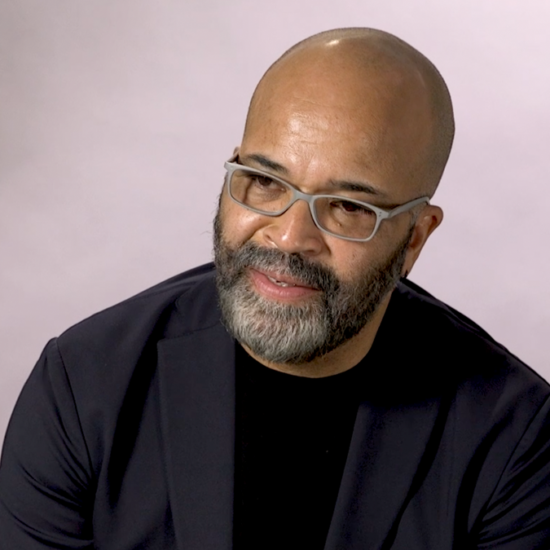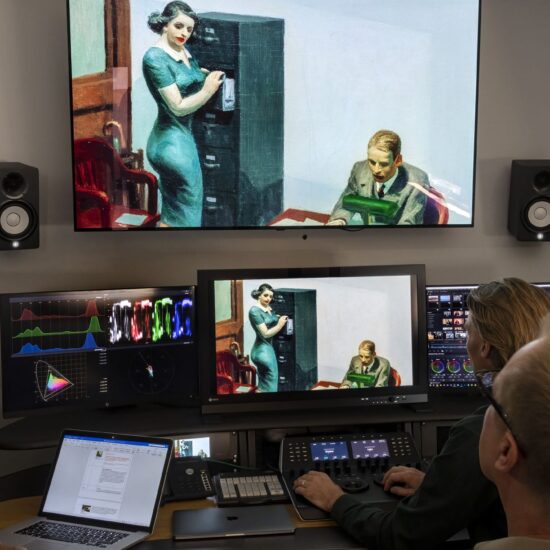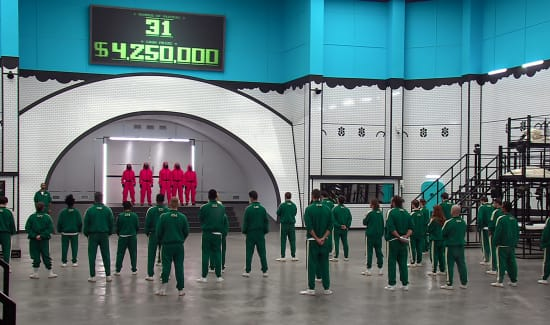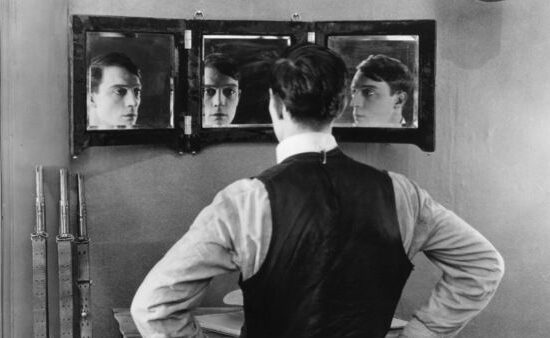
Roberta Flack is a master of interpretation, a genre-bender, a civil rights activist, an early ally to the LGBTQIA+ community and a musical genius whose ability to sonically encompass every crevasse of human emotion has captivated audiences for over five decades.
Whether you’re already a devoted fan or newcomer, here are nine signature tracks to exemplify the wondrous style and sound of Roberta Flack.
1. Compared to What
The jazz-soul protest song, written by Flack’s frequent collaborator Eugene McDaniels, is an indictment of white supremacy in America. “Compared to What,” released in 1969, was the first track on Flack’s debut album “First Take” and set the tone for the rest of the album and in many ways, Flack’s career. Flack never shied from tackling big issues in her music, in fact, Reverend Jesse Jackson once described her as “socially relevant and politically unafraid.” As observed by popular music critic B. Lee Cooper, “Compared to What” addresses “the social myth of equality and the economic reality of poverty in the stratified American society.”
In a 2020 interview with AARP, Flack commented on the political messages in her music, saying “I’m deeply saddened that many of the songs I recorded 50 years ago about civil rights, equal rights, poverty, hunger and suffering in our society are still relevant.”
2. Ballad of the Sad Young Men
Flack was ahead of her time in many ways, not least of which was her advocacy for the LGBTQIA+ community. “Ballad of the Sad Young Men” was originally written by lyricist Fran Landesman and composer Tommy Wolf for a play called “The Nervous Set” about a publisher during the Beat Generation. Flack’s famous interpretation and recording of the song is beautifully tender and mournful. She frames it, as one critic at a live show said, as a “homosexual lament” – a characteristic not explicitly present in the source material. Like with much of Flack’s music, she was able to tease out new meaning from the song.
Eric Weisbard elaborates in his book “Listen Again: A Momentary History of Pop Music”:
“‘Ballad of the Sad Young Men’ was a staple in Flack’s live concerts. As early as 1971 she openly discussed its meaning in her stage act, lest its impressionistic lyrics be misunderstood . . . There is no way to fully emphasize the political risks Roberta Flack may have faced as an R&B singer in the late ’60s, ’70s and ’80s performing and discussing songs advocating human rights for gay men and women.”
3. The First Time Ever I Saw Your Face
“The First Time Ever I Saw Your Face” was originally written by British songwriter Ewen MacColl to be performed by Peggy Seeger in 1957. Flack’s rendition, released on her album “First Take,” is much slower and more sensual, almost doubling the runtime of the original song. While it wasn’t an immediate success, Flack’s version catapulted her into superstardom when it was used in Clint Eastwood’s directorial debut film “Play Misty for Me” in 1971. The additional attention led the song to win Flack the Grammy for Record of the Year in 1972.
4. Until It’s Time for You To Go
As Tom Cottle alluded to in a TV interview with Flack in 1983 when he said “With some musicians, it’s relatively easy to categorize their music. You could say they’re pop singers or rock and roll or rhythm and blues or jazz or whatever. With this particular woman, one can label it as, indeed, many would label the woman herself, pure, gorgeous, unforgettable,” Flack’s music is impossible to categorize. Some have called it mood music, quiet storm or simply soul, but one thing can be agreed upon – Roberta Flack has the uncanny ability to meld genres into a mélange of emotion that nestles itself into the listener’s own sensory worlds. “Until It’s Time for You To Go” was originally written by Native American folk singer/songwriter Buffy Sainte-Marie in 1965. Flack’s interpretation, released on her second album “Chapter Two” in 1970, melds the folk song with classical instrumentation and Flack’s trademark gospel rhythms to create her version of the ballad.
With recent conversations around the disappearance of genre, one can’t help but identify Flack as one of the pioneers dissolving arbitrary genre (and racial) distinctions in the industry to create music that is singularly expressive and universally felt.
5. Sunday and Sister Jones
While much of Flack’s talent is based on defying genre and racial distinctions in the music industry, often listed on both the Black R&B charts and the white “adult contemporary” charts, she was still able to make her music feel personal and recognizable. Flack’s music is deeply rooted in a strong sense of self, focusing on her experience as a Black woman who grew up in the south. She maintained this self-awareness largely by incorporating gospel music into her compositions. “Sunday and Sister Jones” is a prime example of vocals that resemble lined-out hymnody, a type of hymn singing common in Black Methodists congregations, on top of a funky bass line and rock ‘n’ roll influenced instrumentation.
6. Where Is the Love
Flack often frames love as almost an art form, where elegance and refinement are valued above raw feeling to craft an endlessly deep emotional connection. Her collaboration with Donny Hathaway, “Where Is the Love,” is a prime example of this idea of love as something physical that can be molded and gifted. Flack and Hathaway collaborated frequently in their careers and had a lot in common. They both went to Howard University, were classically trained and considered musical prodigies. Their many years of collaboration ended when Hathaway tragically took his own life in 1979.
7. Feel Like Makin’ Love
On her fifth solo album, Roberta Flack took a pioneering step for Black women in the music industry by producing it herself under the pseudonym Rubina Flake. She had always been heavily involved in the production of her music, however, when her long-time producer at Atlantic Records, Joel Dorn, stepped away, Flack took the reins. The title track “Feel Like Makin’ Love,” written by Eugene McDaniels, was released as a single nine months before the album dropped and became one of the biggest musical successes of 1974, spending a week at number 1 on the Billboard Hot 100 singles chart.
8. Tonight I Celebrate My Love
Before Roberta Flack was an international success, she was a music teacher. While she eventually traded the schoolhouse for the main stage, teaching and mentorship stayed a constant theme throughout Flack’s career. With the duet “Tonight I Celebrate My Love,” Flack took Peabo Bryson under her wing. Bryson, previously a background singer, saw a surge of popularity after the massive success of the single and went on to win two Grammy Awards and record several popular songs for Disney soundtracks, including “A Whole New World” from “Aladdin” and the theme from “Beauty and the Beast” alongside Celine Dion.
9. Killing Me Softly With His Song
There is no way to talk about Roberta Flack without talking about the power of musical interpretation and there is no way to talk about musical interpretation without mentioning Flack’s megahit “Killing Me Softly With His Song.” Originally written by the up-and-coming folk singer-songwriter Lori Lieberman, Flack first encountered the song in a brochure on a plane. After listening to it on repeat she knew she needed to record it, describing it as “a song that . . . was given to me as a gift.”
Alongside greats like Frank Sinatra and Nina Simone, Flack built her career on musical interpretation – taking songs and transforming them into novel expressions of her limitless and utterly elegant inner world. “Killing Me Softly With His Song” is no exception. Flack turned the song into a majestic ballad with long melodies and a hypnotizing refrain. Her perennial interpretation has been returned to time and time again, most notably, The Fugees had a hit with it in 1996.













